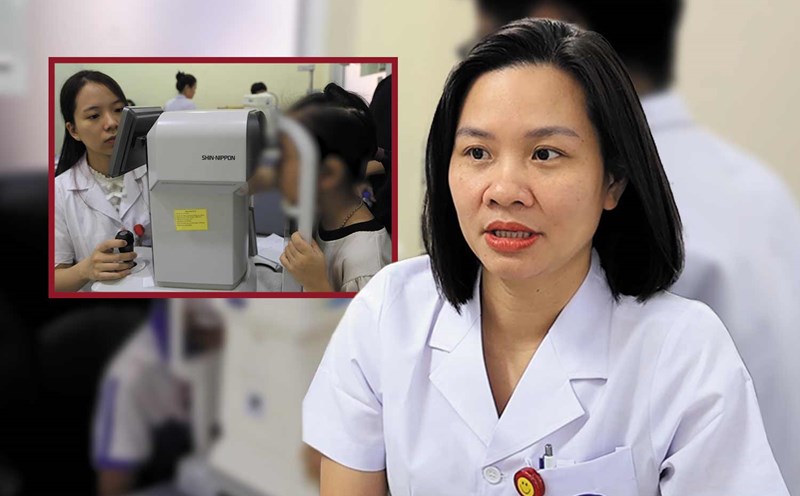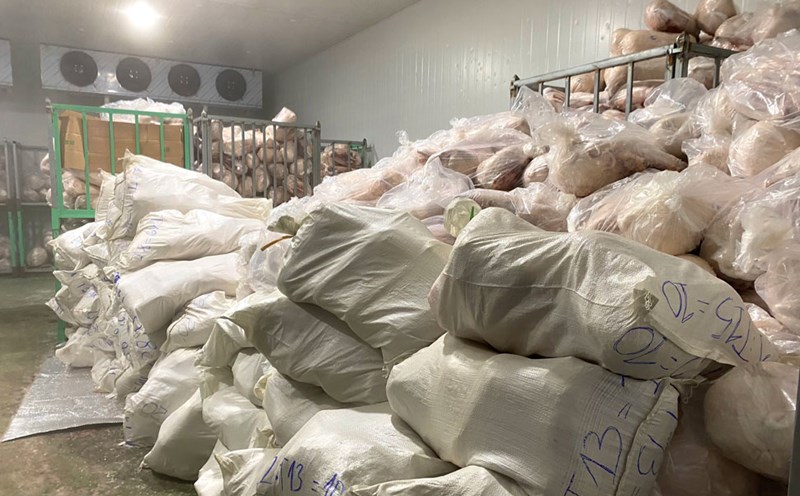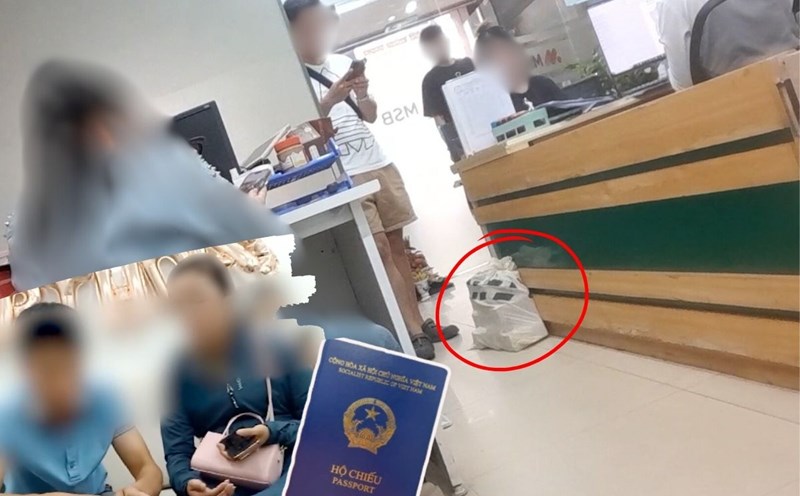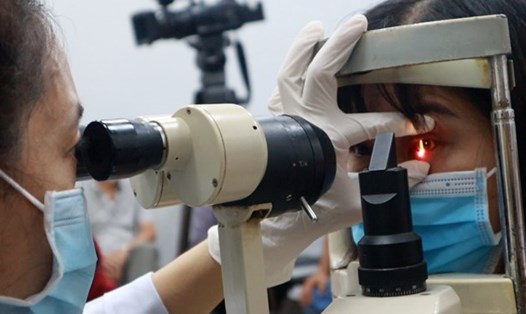At the 2025 Ophthalmology Conference held on August 9, Deputy Minister of Health Tran Van Thuan affirmed that this is the time when the Vietnamese eye industry needs to pioneer in digital transformation, apply artificial intelligence, build a deep network of specialties and spread effective eye care models to areas with limited access to healthcare.
Deputy Minister Tran Van Thuan emphasized that Vietnam's recognition by the World Health Organization (WHO) as a national milestone in paying for impetigo is a testament to the scientific capacity, organizational capacity and humanitarian value of the health system. Every year, hundreds of thousands of people are treated with advanced techniques such as phaco, kinh cutting, cornea transplantation, refractive laser, diabetes retina management or eye care for children through the program "For the eyes of children".
A survey by the Central Eye Hospital at a number of primary and secondary schools shows that the rate of children with refractive errors is increasing significantly. In 2020, Hanoi recorded about 51% of children with refractive errors, of which myopia accounted for 37.5%, hyperopia accounted for 8.2% and astigmatism was 5.3%. By 2023, in Ho Chi Minh City, this figure will increase to 75.6%, with myopia accounting for 52.7%.
Refractive errors including nearsightedness, farsightedness and astigmatism can occur at any age, but are most common in students, office workers and groups with a lot of exposure to electronic devices.
According to the Ministry of Health, Vietnam currently has about 5 million children with refractive errors, mostly myopia, with the rate in urban areas higher than rural areas. WHO predicts that by 2050, half of the global population will be at risk of myopia.
The Deputy Minister suggested that leading hospitals continue to lead the system, proactively advise on blindness prevention, update schedules, and perfect professional guidance, especially in the context of population aging. He emphasized promoting digital transformation from electronic medical records and specialized data to integrating AI in diagnosis, risk layering and personalization of treatment.
In addition, it is necessary to train human resources with technical expertise, good medical ethics, strongly implement practical training models, international cooperation and continuous training for all positions from doctors to nurses and technicians.
Associate Professor, Dr. Pham Ngoc Dong - Director of the Central Eye Hospital said that after a difficult period due to shortage of drugs and supplies, now happy to have enough equipment, even the best and most modern to serve patients.
He also emphasized that modern equipment only makes the most of it when there is a team of good surgeons, mastering technology and techniques, especially in complex cases. Comprehensive consultation and assessment before prescribing refractive surgery is a key factor in deciding success.
Leading eye hospitals will continue to lead the nation's ophthalmology system, advise on blindness prevention policies, update procedures, standardize techniques and train high-quality human resources. At the same time, promote extensive international cooperation, build a Vietnamese ophthalmic brand on the regional and world medical map.
On this occasion, Central Eye Hospital launched the visu Max 800 system with SMILE Pro less invasive, high-precision laser technology, nearsighted treatment up to -10 Diop, astigmatism -5 Diop, hyperopia +6 Diop, suitable for thinly crooked patients.










